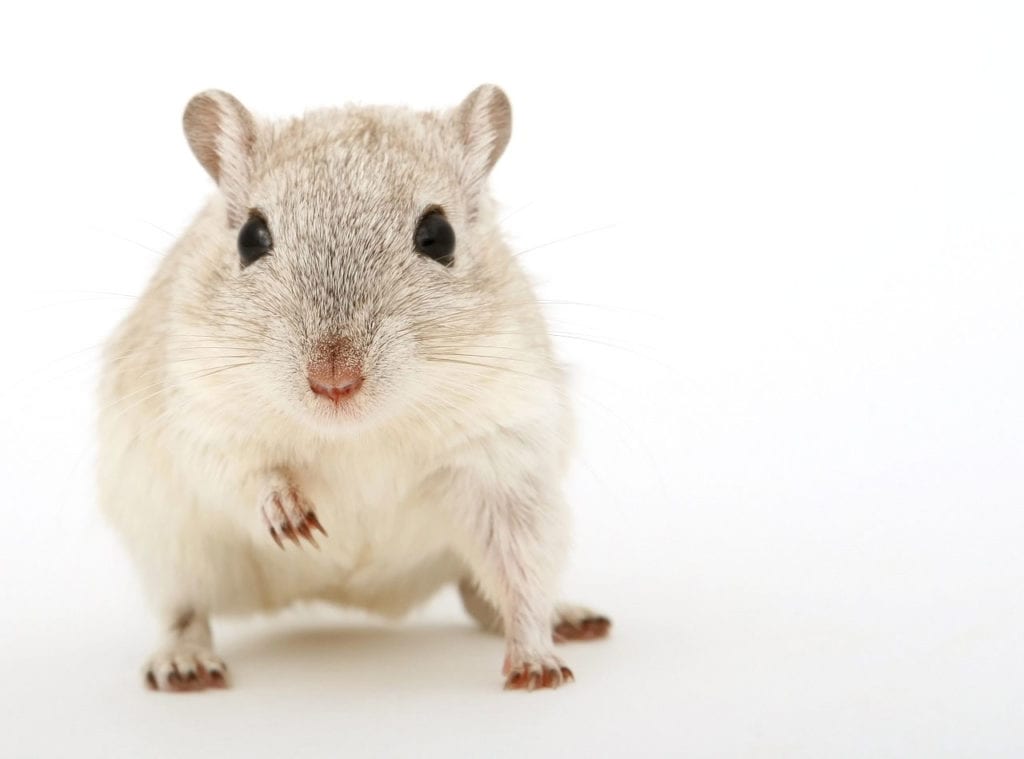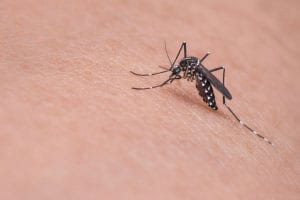Internationally, over 400,000 people die of malaria each year. In many cases, a majority of these deaths occur in sub-Saharan Africa; children are the most vulnerable. However, according to Medical XPress, a novel mRNA vaccine developed during a partnership between the University of Pennsylvania (“UPenn”), Acuitas Therapeutics (“Acuitas”), and the Walter Reed Army Institute of Research and Naval Medical Center has shown to confer protection against malaria in mice models. Check out the full findings published in npj Vaccines.
Malaria
Plasmodium parasites, and most often P. vivax or P. falciparum, cause malaria. These parasites first infect female mosquitos and are later transferred to humans via mosquito bites. Although this mosquito-borne illness can be quite severe, it is not always fatal. Patients can be treated with antimalarial medications and artemisinin-based combination therapy. Outside of mosquito bites, malaria can also be transmitted through sharing needles, blood transfusion, or from mother to child. Around 90-95% of malaria diagnoses occur in sub-Saharan Africa, due in part to climate and long mosquito lifespan.
Typically, symptoms appear between 10 days and 4 weeks of infection. However, symptoms may appear as early as 7 days or as late as one year. Symptoms include:
- High fever
- Nausea and vomiting
- Severe headaches
- Shaking chills and night sweats
- Abdominal, chest, and muscle pain
- Coughing
- Fatigue
Some patients may experience constant symptoms. Alternately, others experience “attacks,” or intense symptomatic periods punctuated by asymptomatic periods. Without treatment, malaria may cause severe and life-threatening complications such as:
- Difficulty breathing
- Cerebral malaria
- Anemia (low red blood cell count)
- Low blood sugar
- Organ failure
- Death
Learn more about malaria.
mRNA Vaccine
Messenger rNA (mRNA) helps enact DNA codes and instructions. During protein synthesis, mRNA is read and then translated to create proteins and amino acids. According to the CDC, mRNA vaccines work by:
[teaching] our cells how to make a protein—or even just a piece of a protein—that triggers an immune response inside our bodies. That immune response, which produces antibodies, is what protects us from getting infected if the real virus enters our bodies.
Currently, mRNA vaccines have been explored for COVID-19 (Moderna, Pfizer), Zika virus, the flu, rabies, and more.
Researchers have long questioned how to create an effective malaria vaccine. Currently, RTS,S is the “standard of care,” and bases itself on the P. falciparum circumsporozoite protein. In 2019, researchers began administering RTS,S to patients in sub-Saharan Africa as part of a pilot treatment program. According to the Malaria Vaccine Initiative:
RTS,S aims to trigger the immune system to defend against the first stages of malaria when the Plasmodium falciparumparasite enters the human host’s bloodstream through a mosquito bite and infects liver cells.
However, RTS,S does not always offer a sustained and endured response. Thus, additional vaccines could confer more protection and overcome current limitations.
New mRNA Research
Altogether, this newly developed mRNA vaccine also focuses on the circumsporozoite protein. But unlike RTS,S, which uses a version of the protein, the new vaccine uses mRNA to cause cells to code for this protein. Because mRNA is used, the vaccine confers protection against malaria without actually causing malarial infection.
Researchers tested the vaccine on mice models. Ultimately, they determined that the vaccine was relatively safe and well-tolerated. It was also highly immunogenic and prevented malarial infection in mice. Although future research and testing are needed, these results are initially promising.




-300x300.jpg)



